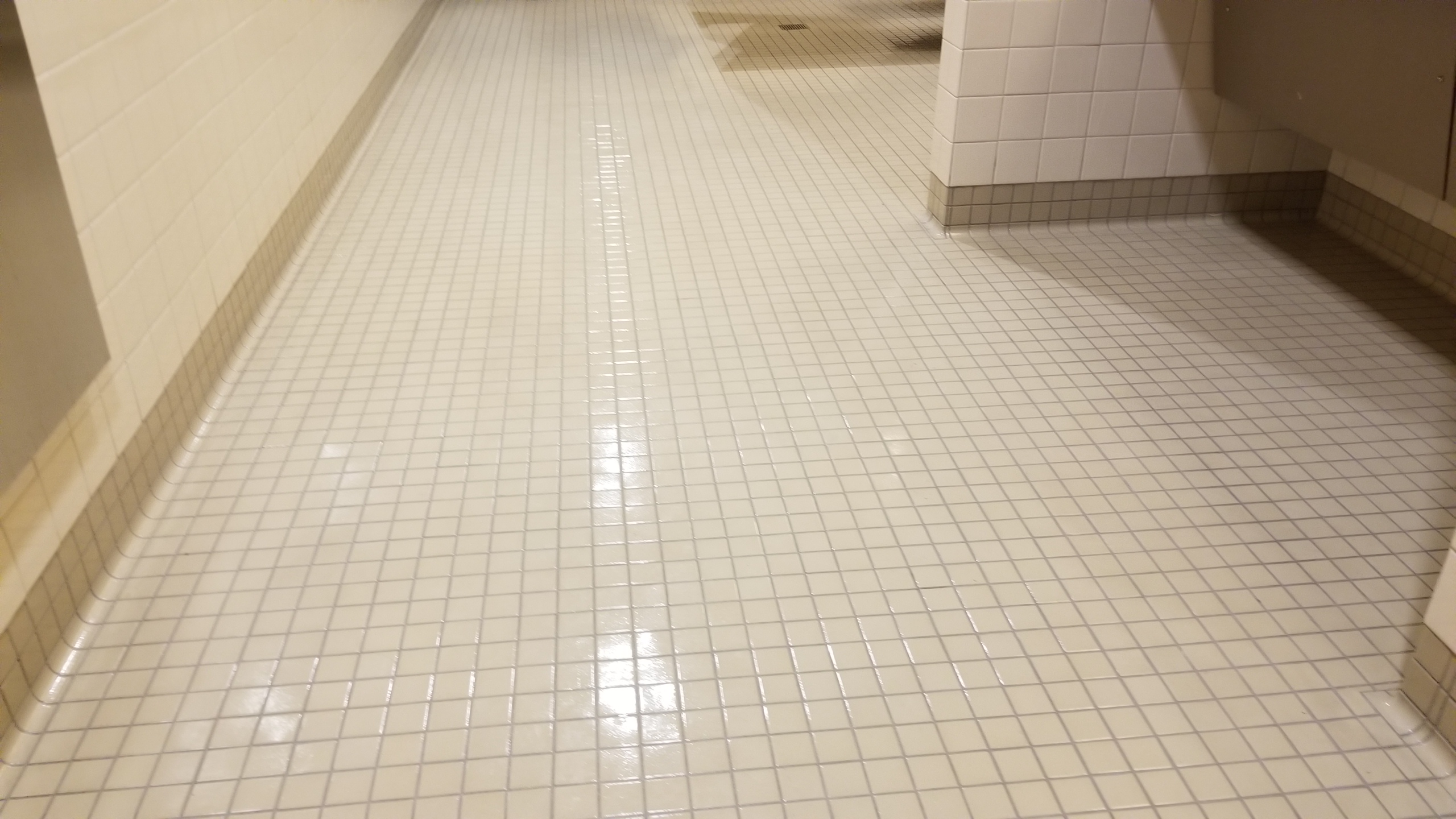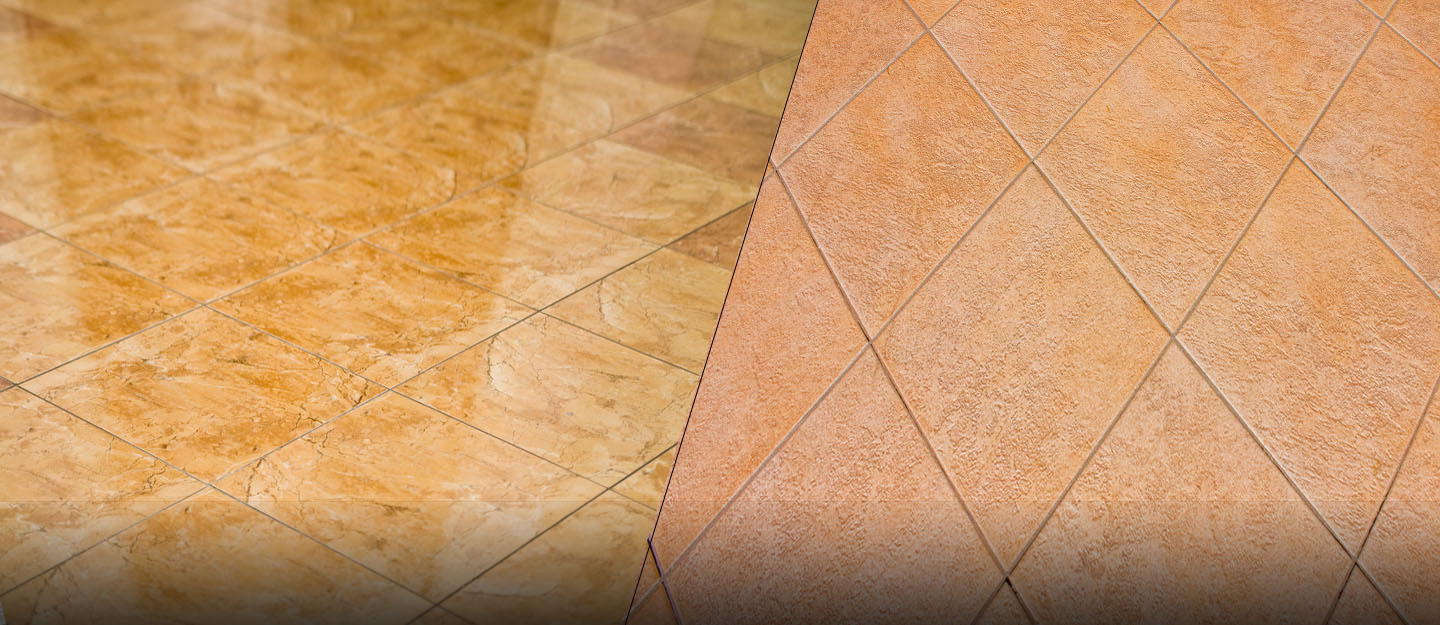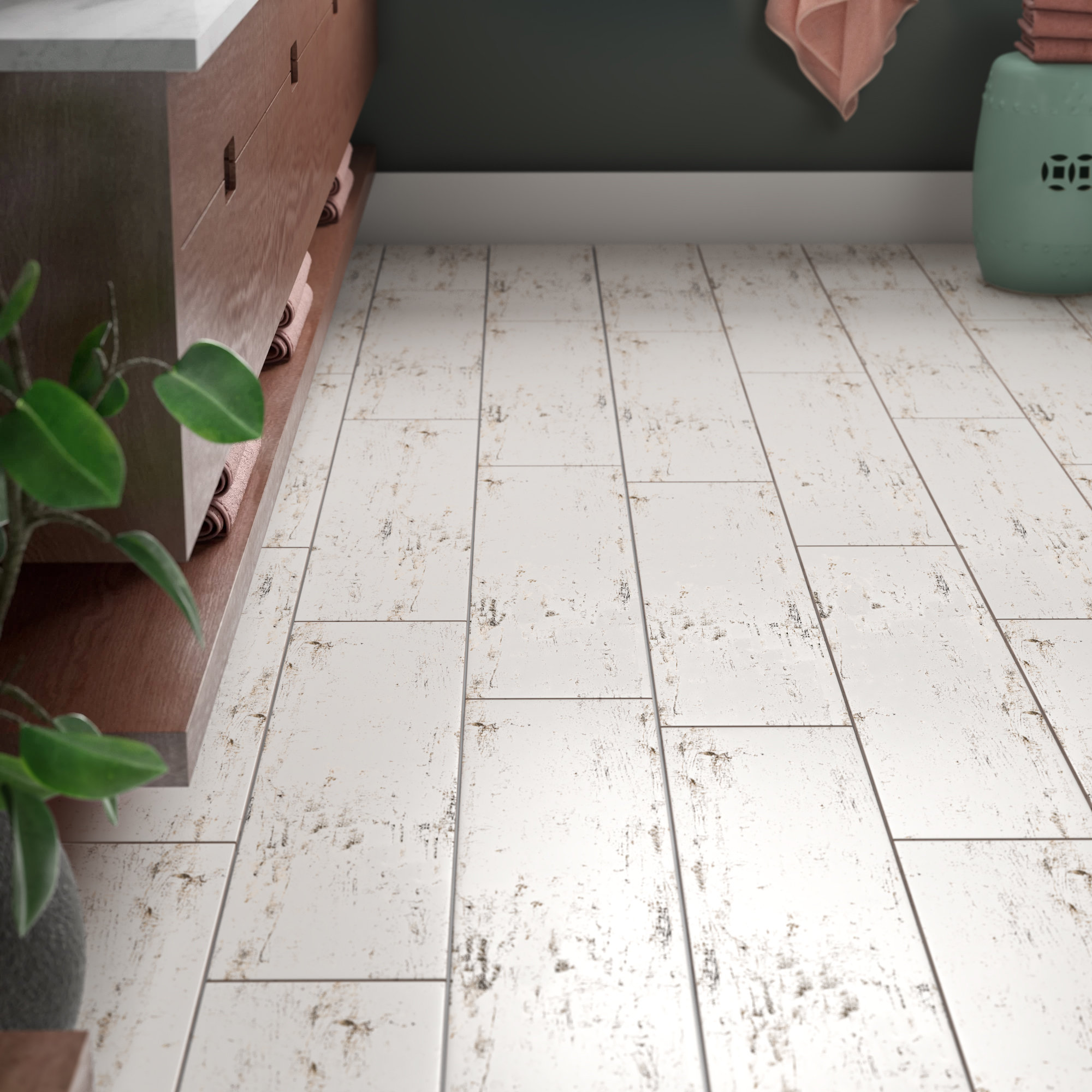As a homeowner who loves interior design and taking on DIY projects, one of the most satisfying transformations I’ve experienced was revamping my tile floors with a stunning finish. Choosing the right tile floor finish can completely change the look and feel of a space, providing both aesthetics and functionality. In this guide, I’ll share my knowledge and insights on tile floor finishes, helping you understand the different options available and guiding you toward achieving the perfect finish for your home.
Types of Tile Floor Finishes
Before diving into the process, it’s essential to familiarize yourself with the various types of tile floor finishes. Some common options include glossy, matte, semi-gloss, and textured finishes. Glossy finishes are highly reflective, creating a bright and luxurious appearance, but they can also show scratches and dirt more prominently. Matte finishes, on the other hand, offer a softer and more subdued look, making them ideal for spaces with high foot traffic. Semi-gloss finishes strike a balance between glossy and matte, offering a moderate shine while being more forgiving when it comes to concealing imperfections. Textured finishes are excellent for adding depth and character to a space, but they might require more frequent cleaning as dirt can accumulate in the textured areas.
Preparing the Tile Surface
Achieving a flawless tile floor finish starts with thorough preparation. Begin by cleaning the tile surface to remove any dirt, dust, or grime that may interfere with the finishing process. You can use a mild detergent and warm water or a suitable tile cleaner for this task. After cleaning, inspect the tiles for any cracks, chips, or loose grout, as these should be repaired before applying the finish. Fill in any gaps with grout or caulk and allow it to dry completely. If you’re working with new tiles, ensure they have been properly installed and have settled for the recommended period before proceeding with the finishing process.
Applying the Tile Floor Finish
Once the surface is clean and the tiles are in good condition, it’s time to apply the tile floor finish. Before starting, make sure you have chosen the appropriate finish for your space based on factors such as the tile material, location, and level of foot traffic. Test the finish on a small, inconspicuous area first to ensure it achieves the desired result. When applying the finish, work in small sections to ensure even coverage and avoid leaving any streaks or patches. Depending on the type of finish, you may need to apply multiple coats, allowing each coat to dry completely before proceeding to the next. Follow the manufacturer’s instructions regarding drying times and any additional steps required to achieve the best results.
Sealing the Tile Floor Finish
Sealing the tile floor finish is an essential step in ensuring its longevity and durability. Sealers act as a protective barrier, preventing stains, moisture, and dirt from penetrating the finish and the tiles. There are different types of tile sealers available, including penetrating sealers that soak into the tile and create a natural look and topical sealers that provide a protective layer on top of the finish. Choose the sealer that complements your tile floor finish and follow the application instructions carefully. Keep in mind that some sealers may require reapplication over time, so regular maintenance is key to preserving the finish’s appearance and performance.
Maintaining the Tile Floor Finish
Congratulations, you’ve achieved a stunning tile floor finish! Now, to keep it looking its best, regular maintenance is essential. For day-to-day cleaning, use a soft broom or a microfiber mop to remove dust and dirt gently. Avoid using harsh chemicals or abrasive cleaners, as they may damage the finish over time. If spills occur, clean them up promptly to prevent stains or damage to the finish. Periodically, you may want to perform a deeper clean using a neutral tile cleaner to refresh the finish and remove any stubborn stains. Regular maintenance will ensure your tile floor finish remains vibrant and beautiful for years to come.

Finding The Best Tile Sealer for Ceramic and Porcelain Floors
Finding The Best Tile Sealer for Ceramic and Porcelain Floors
Five Secrets to Successful Floor Finish Stripping PG Pro
New Design 300X300 Matt Finish Glazed Ceramic Floor Tile
Tile Perfect Floor Finish – 1 quart at Menards®
Matte Vs. Gloss Finish Tiles: Which is the Better Option? Zameen
Sealing Ceramic Tiles With A High Gloss Sealer
Vintage 8″ x 36″ Porcelain Wood Look Wall u0026 Floor Tile
What is a lappato finish on tile? u2014 Tiles of Distinction
Related Posts:
- High Quality Vinyl Tile Flooring
- Gray Wood Look Tile Flooring
- Dining Room Tile Floor Designs
- Budget Tile Flooring
- Cheap Tile Flooring Ideas
- Restore Tile Floor Shine
- How To Clean Tile Floors With Bleach
- Traditional Bathroom Tile Floor
- Natural Ceramic Tile Floor Cleaner
- Bedroom Tile Floor Ideas
Tile Floor Finish: The Ultimate Guide
Tiles are a popular choice for flooring in many homes. They are durable, long-lasting, and come in a variety of colors and styles. To ensure that your tile flooring looks great and lasts for years to come, it is important to properly finish your tile floor. Tile floor finishes provide an extra layer of protection and can help keep your floor looking like new. This guide will provide an overview of the different types of tile floor finishes available, as well as tips on how to properly apply them.
Types of Tile Floor Finishes
When it comes to tile floor finishes, there are several types to choose from. The most common types of finishes are waxes, polyurethanes, and sealers.
Waxes: Waxes provide a glossy finish and can help protect against dirt. It is best to apply waxes with a soft cloth or sponge. Waxes should be applied in thin layers and allowed to dry between applications.
Polyurethanes: Polyurethanes provide a durable finish that is resistant to scratches and wear. Polyurethanes can be applied with a roller or brush and should be allowed to dry thoroughly before applying additional coats.
Sealers: Sealers are a good choice for tile floors as they help prevent water damage and staining. Sealers should be applied in thin layers and allowed to dry before additional coats are applied.
Applying Tile Floor Finishes
Applying tile floor finishes correctly is key to ensuring that your floor looks great and lasts for years to come. Here are some tips for applying tile floor finishes:
• Make sure the surface is clean before applying the finish. Dirt, dust, and other debris can interfere with the finish adhering properly.
• Start by applying the finish in small sections, working from the back of the room towards the front.
• Use a brush or roller to apply the finish in thin layers, allowing each coat to dry thoroughly before applying additional coats.
• When applying sealers, make sure you use a sealer that is compatible with the type of tile you have installed.
• Allow the final coat of finish to dry completely before walking on the tile flooring.
FAQs about Tile Floor Finishes
Q: How often should I reapply tile floor finishes?
A: Generally, it is recommended that you reapply your tile floor finishes every two or three years, or as needed depending on wear and tear. The more frequently you reapply the finish, the better protected your floor will be against scratches and wear.
Q: How do I know which type of finish is best for my tile?
A: Different types of tiles require different types of finishes to ensure that they last as long as possible. Waxes work well on ceramic tiles, while polyurethanes are better suited for natural stone tiles such as marble or granite. For tiles made from vinyl or laminate, sealers are usually a good choice. It is important to make sure that you use the right type of finish for your particular type of tile for optimal results.
Q: Can I use my tile floor right away after applying a finish?
A: No, it is important that you allow the final coat of finish to dry completely before walking on your tile floors. This will help ensure that your finish adheres properly and that your floors look their best for many years to come.








